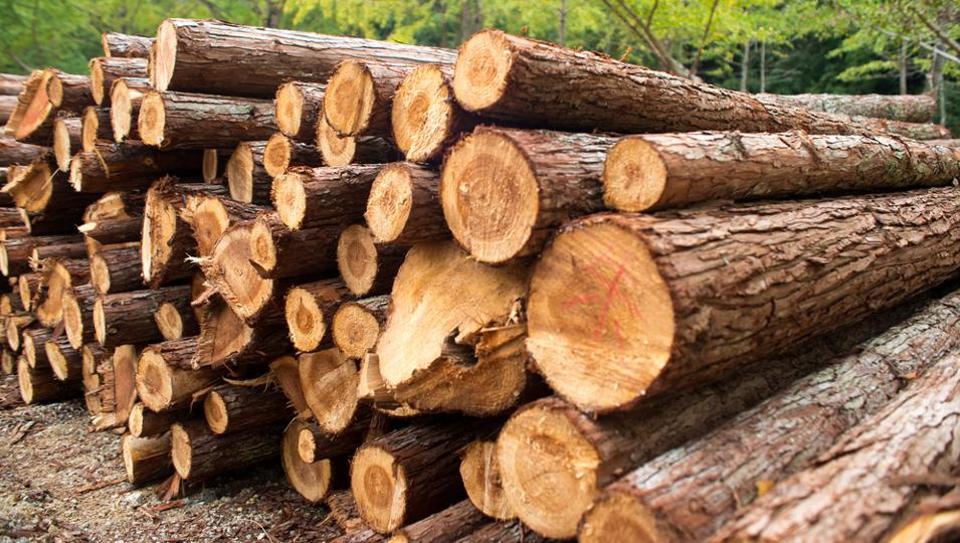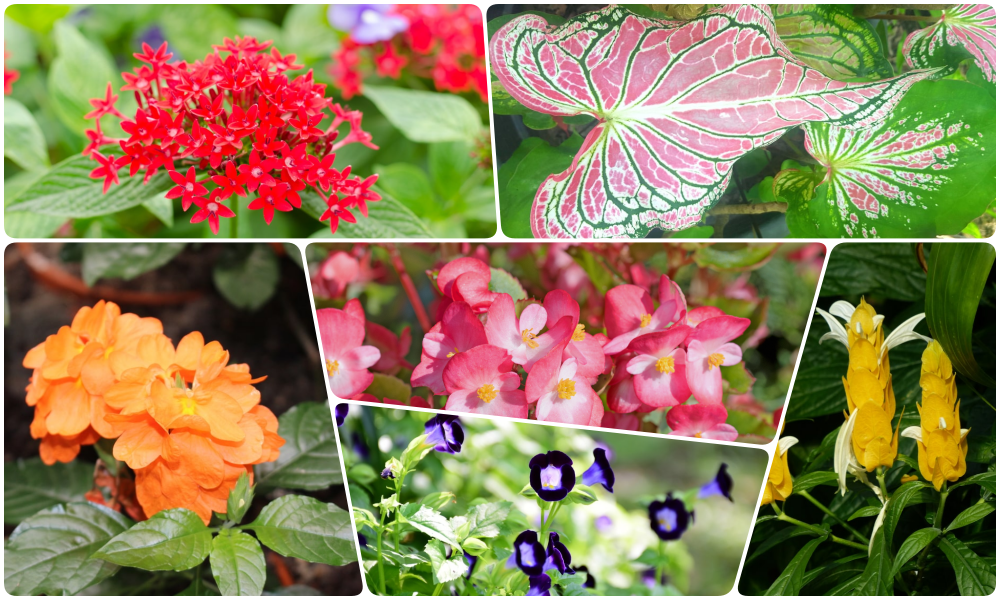
Trees, shrubs and plants all need pruning. Whether you are doing it yourself or taking the help of tree service providers, the species and the reason for pruning will determine its timing.
Trees with dead or broken branches are a danger to humans, pets and property and have to prune at the earliest – any time of the year. Safety hazards cannot be ignored just because it is not the right time of the year to prune a falling branch. However, care has to be taken to cause minimal damage to the tree.
It is important to know when to prune which plant or tree so as not to harm its growth or make it vulnerable to disease. A generally accepted fact is that pruning should be carried out only when a tree or a plant is dormant. However, a light summer pruning is permissible for deciduous shrubs and trees. Heavy pruning should be exclusively reserved for the winter months when growth is latent.
The harshest part of the winter is not when pruning should be done as it can cause irreversible damage to the part that has been pruned. Cold climate is not conducive to growth and pruning in such climates will stunt and damage the growth.
In fact, a late winter pruning before the active growth begins is the best time to prune most trees. The reason for this is that once the dormant period is over, there is an active growth among the parts of the tree with a burst of new leaves and branches. A lot of trees bleed sap soon after its pruning, but this will stop when the new leaves begin to appear.
One common and important tree that whose pruning should be reserved for winter is the Oak. Laying hands on it during any other month of the year will result in the spreading of a disease commonly known as the Oak Wilt. Similarly, Maple too should be pruned only in the dormant winter months as it bleeds sap heavily.
Evergreens with needles like Spruce and Fir should be pruned in the late winter months while Arborvitae and Yew are best pruned in spring or even early summer to encourage their best growth.
The reason for pruning is to encourage the tree, shrub or plant to attain maximum growth. In case you have to prune them during summer, it has to be done after the growth period is over. Cutting them at the time of their growth will damage the growth process and dwarf them. The total surface area that is engaged in photosynthesis and making of food is reduced considerably resulting in the reduced growth. Corrective pruning or cutting that is needed to remove branches that are too heavy and are detrimental to a tree’s growth can however be carried out in summer.
Trees that bring forth their bloom in spring should be pruned when the flowers have faded away. Spring flower-bearing plants and shrubs like lilac bloom based on the growth of the previous season. They should be carefully pruned within a period of two weeks after flowering for an abundant next season bloom.
Plants, shrubs and trees flowering in mid or late summer should be pruned late in winter or early in the spring season.

Aug 2 2019

Jul 26 2019

Jul 3 2019